Types Of Fabrics Textures
Jump To:
The fabric texture or cloth texture is the textile surface of an item with different threads, fibers by stitching, or other methods. Different types of fabrics have different textures. You can largely see this in clothes as well as other materials with types of fabric textures. The buyer buys the type of fabric based on the occasion and which fabric texture can give the look required.
1. Pre-Pleated Fabric
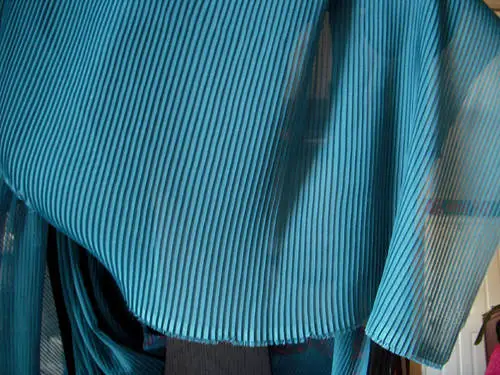
This is a fabric texture that is pre-pleated with synthetic compounds and heat. The pleats might be made randomly or in ordinary spans.
The pleats form with chemical application assistance in conjugation with heat and pressure in cotton fabric texture and polyester by heat and pressure alone. Hand pleating, machine pleating, and structure/paper pleating are various techniques for pleating texture. Extraordinary pleating paper can decorate the pleating design on the texture by utilizing heat and pressure. Check out types of pleats.
2. Shirred or Smocked Fabrics
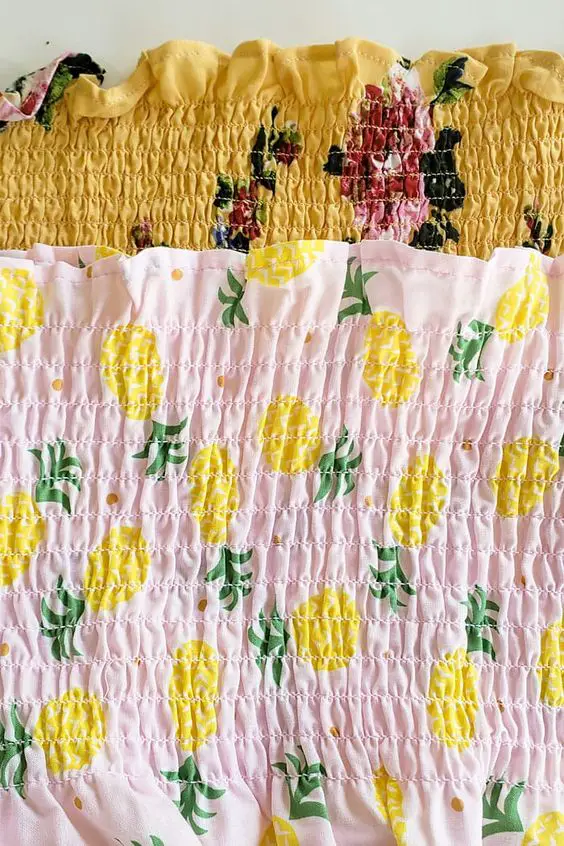
These allude to fabrics with exceptional surface whirls, pinwheel designs, etc. made because of being made/sewed with elastic string. Spandex mix yarns make the texture, which contracts to bring about the fabric crinkling. There possibly accumulate, swirls, pinwheel shapes puckers, and so forth on a superficial level because of this specific sort of sewing. Smocking makes little pleats on fabric texture, and stitches of embroidery on top to hold the pleats set up and for adornment.
3. Ribbed Weave Fabrics
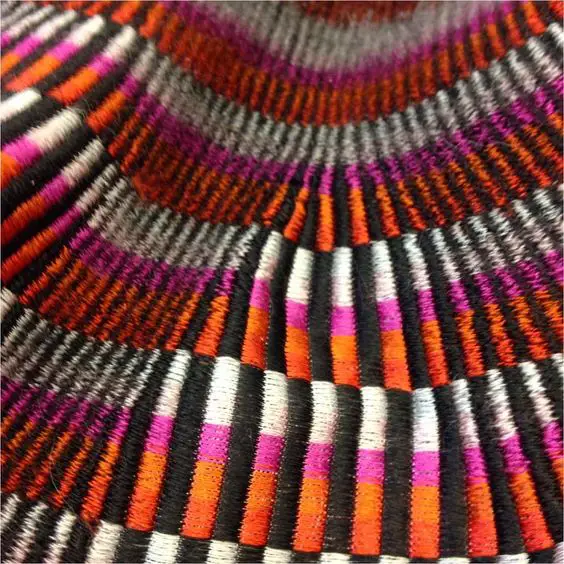
Rib glossy silk or satin forms by weaving rib fibers in a satin weave. There are rotating rib and silk stripes that are exceptionally appealing—Crepe de chine, which is a fine rib surface, which is radiant and lovely.
4. Pre-Quilted Fabrics
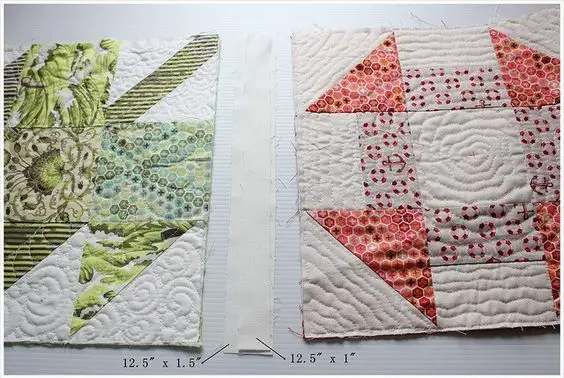
Quilting includes sewing together two textures with padding or batting kept sandwiched inside the external fabrics. Prequilted fabric texture has all the padded characteristics of stitching and is top picks for making coats and bags.
5. Crepe
Crepe has fabric texture; however, not all crepe textures have articulated texture. Canton crepe has an intensely finished texture with a transverse rib noticeable on its surface. Satin crepe has a unique crepe texture on the back, which can be utilized as the essence of the fabric texture on the off chance that you need your piece of clothing to have this texture. Moroccan crepes have a wavy weave.
6. Hammered Satin
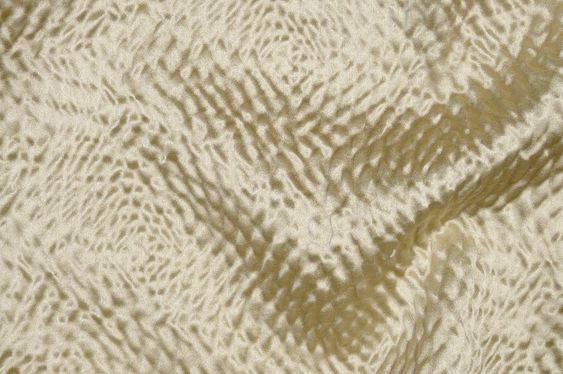
This is a kind of satin crepe decorate to give the texture a one of a kind pebbly surface suggestive of hammered metal. It is similar to as a dress fabric texture and upholstery material.
7. Net Fabrics
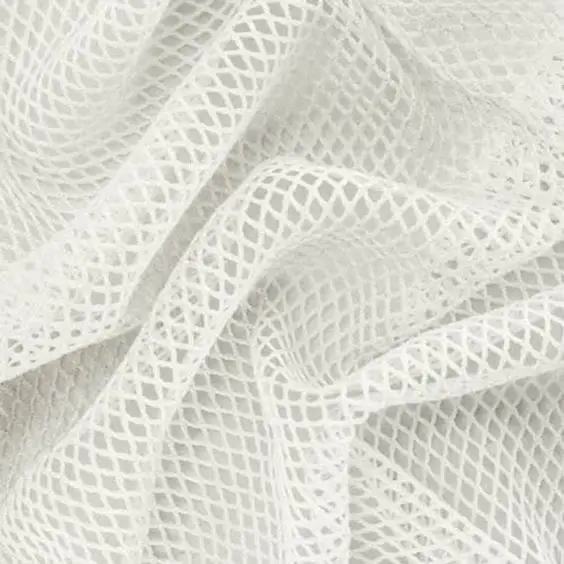
Net is an open-weave sheer fabric texture form with yarns sewing, knotting, or curve together to furnish surface with square hexagonal or octagonal meshes. A fishnet is by knotting networks like a fisherman’s knot.
8. Lace
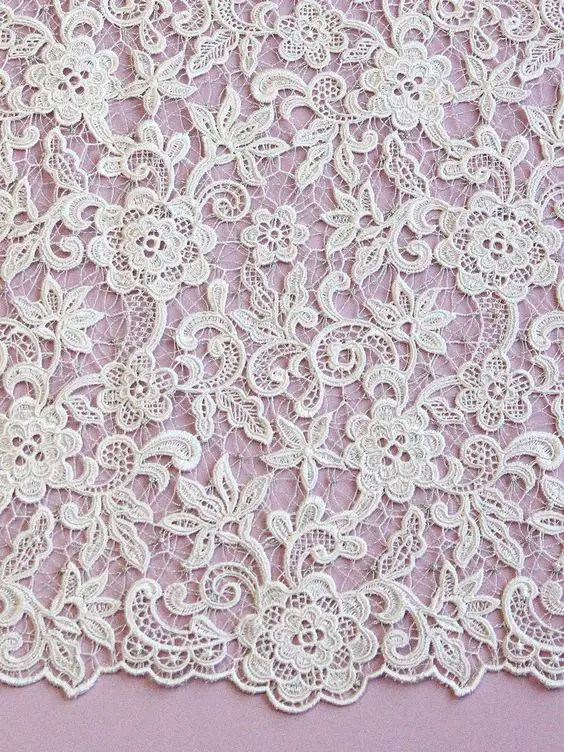
There are many human-made or machine-made laces with lovely textures. Repausse ribbon or lace has an embellished surface with raised patterns. Check out types of lace.
9. Fur Type Pile Fabric/ Fake Fur
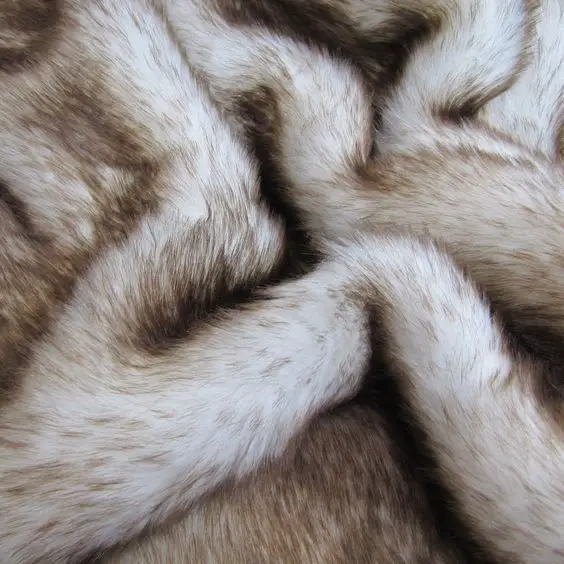
These textures appear as though they are from using the fur of creatures like a panther, sheep, and so forth. These fabrics have a thick heaped surface effortlessly to animal lives and budgets. They ordinarily have a knit foundation.
10. Chinchilla
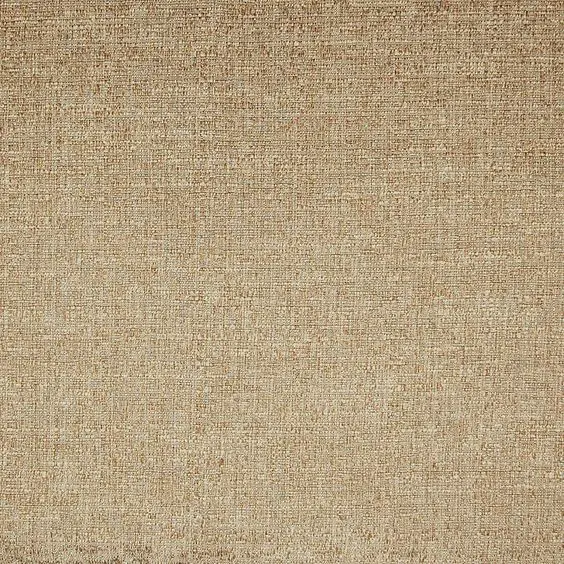
These specialty textures (wool or cotton) have a delicate irregular surface fabric texture with little adjusted twisted tufts. The chinchilla machine treats the float yarns to make this nap.
11. Embroidered Fabric
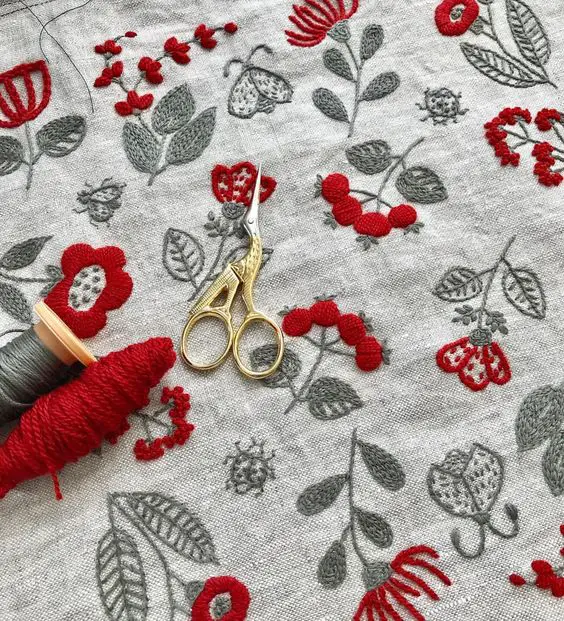
Embroidery includes firmly woven nonfinished textures. Eyelet fabric texture(Broderie Anglaise) is such an embroidered texture with all over weaving done. Embroidery practically a wide range of textures like net, velvet, chiffon along these lines.
12. Waffle Cloth
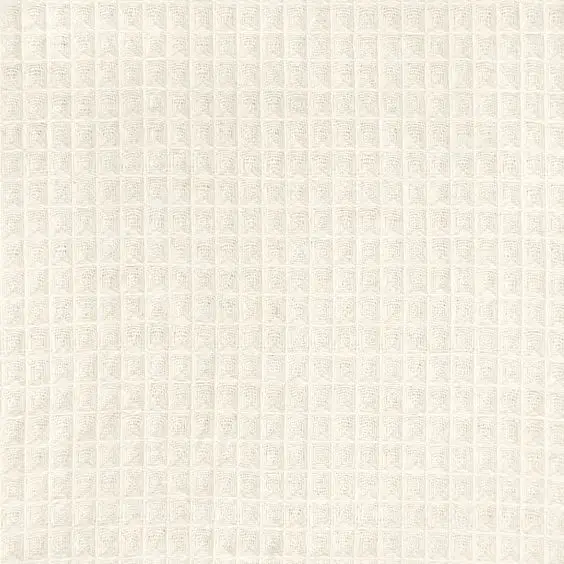
This has a raised square or diamond molded example (honeycomb) made by skimming warp and filling yarns that structure edges along the line of the floats.
13. Metalesse Fabrics (Double Knit Fabrics)
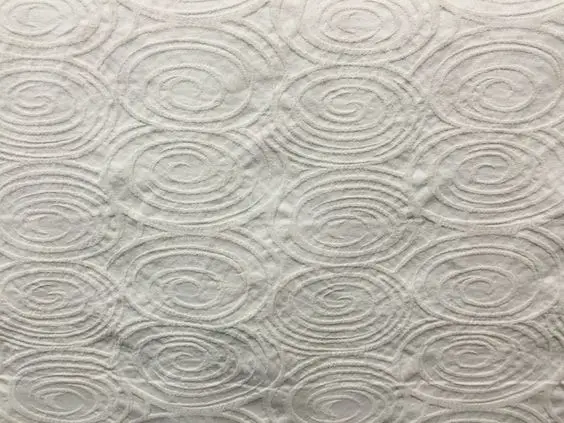
This is a fabric texture with a puckered surface, which appears as though it has padded or stitched with textured designs on a superficial level (metalesse effect). The delicate, puffy texture is a twofold material, making it look like it has batting cushion batting inside. It is utilized for the most part as a suiting texture or bedding. The wonderful raised surface uncovers puckered examples, for example, florals, geometrics, and medallions.
14. Wool

Fabric texture produced using fine, delicate curly or wavy hair framing the layer of a sheep, goat, or comparable creatures. The hair changes over to woolen filaments, which then weaves into textures with excellent surfaces – from fluffy to chunky to delicate as silk.
15. Felt
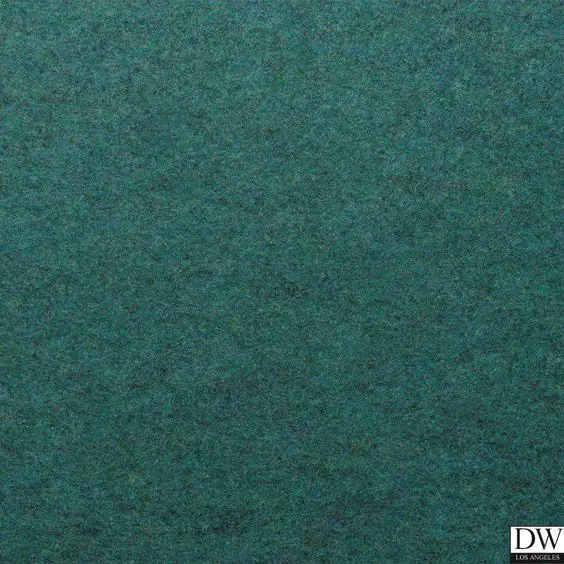
Felt is a thick and exceptionally fabric texture made by rolling and squeezing wool/some other natural fiber by applying moisture or warmth and loads of pressure.
16. Leno Weave Fabrics
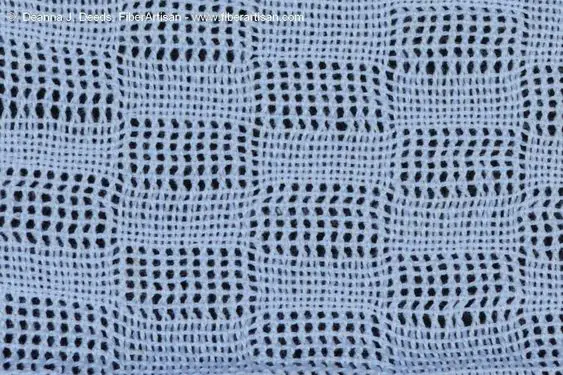
A leno weave consistently makes little gaps in the texture. Mesh Fabrics in this weave is for commercial uses like in the clinical business. The enriching design weaves on cloth ground texture with lappet weaving.
17. Tweed
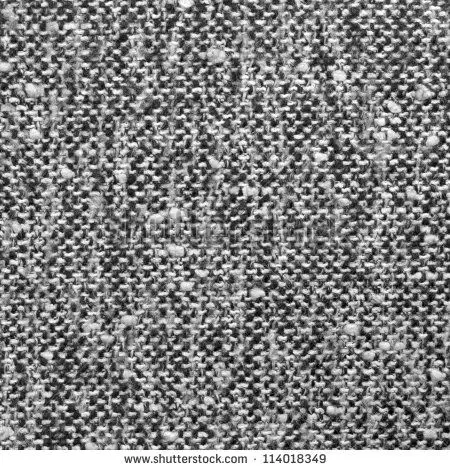
This is a rough, heavyweight texture with blended colored impact. The weave of the texture (twill/herringbone) likewise makes a finished look. A few tweeds have vivid slubs on them.
18. Velvet, Velour And Plush
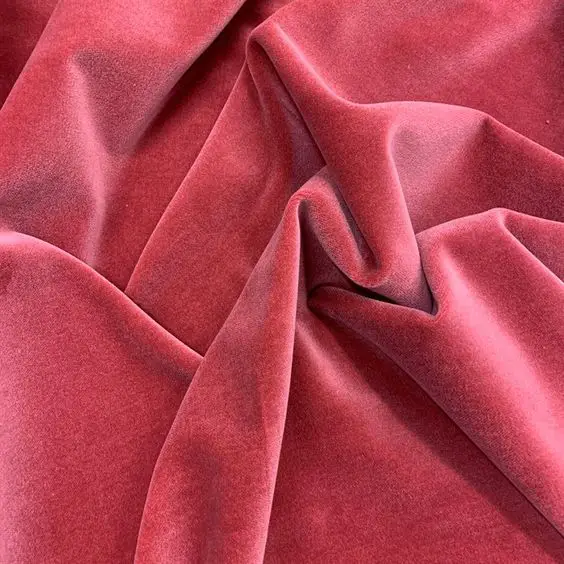
Velour alludes to knit textures with a cut heap. Velvet is a woven texture with similar development. Both have crushed textures with a crinkled crushed finish. Crushed velvet has varieties in shading because of the distinction in light reflection that brings it more surface. Burnout velour or velvet has been printed with acid, so the base texture is noticeable in particular zones.
19. Sweater Knits
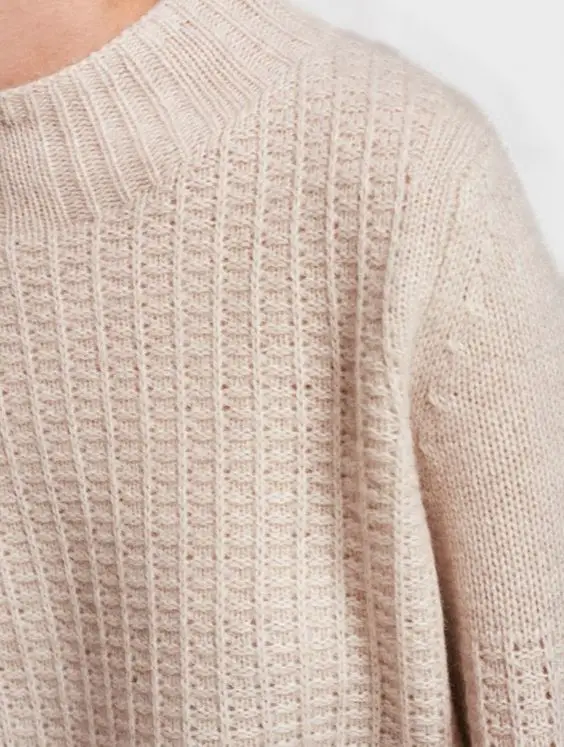
These sweater knits utilize a cumbersome yarn, which makes it finished. Exceptional sorts of stitching designs are utilized in these knits for the added surface.
20. Chenille
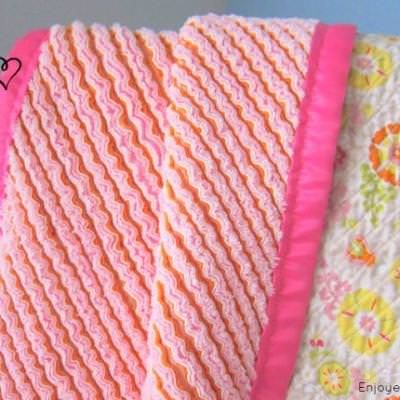
This is a type of fabric texture which has a velveteen type of bulky cut pile texture and luxurious fabric. For interior design purposes, it is very popular.
21. Terrycloth
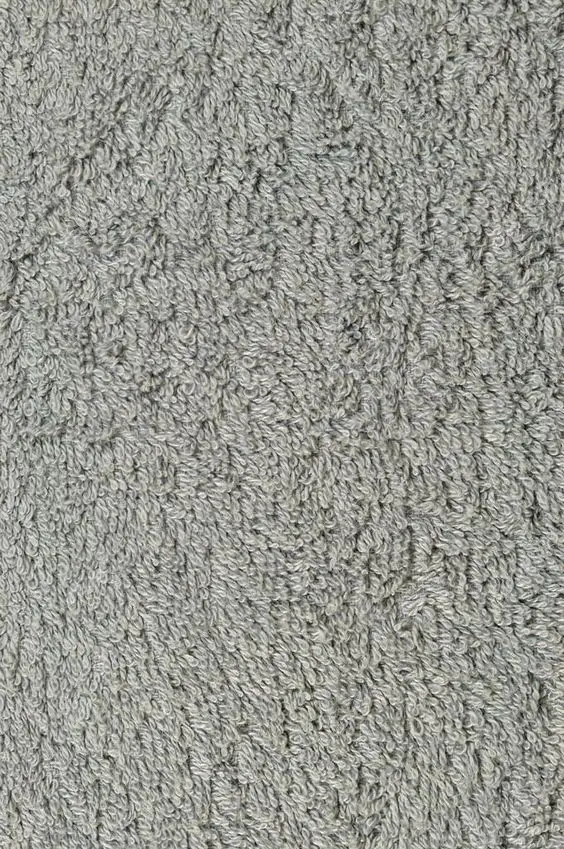
This type of fabric texture is generally used for towel materials. Terry material is a bulky texture with loops everywhere throughout the fabric surface. Generally, the loop is on the two sides; however, there are terry garments with the loop just one side.
22. Crinkled Finished Cotton
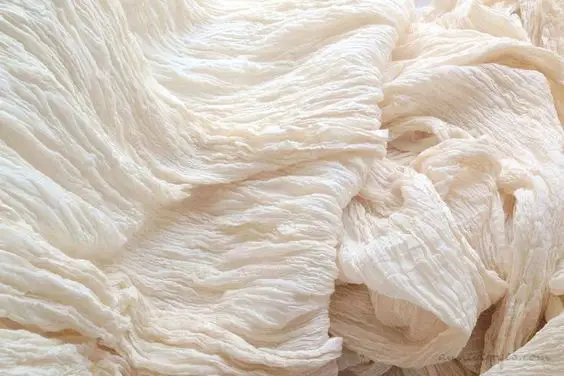
This crinkled surface is an aftereffect of heat and chemicals applied to the texture while it is compacted. At the point when the texture is discharged, the crinkle is shaped, which is practically changeless. This almost like pleating. Percale, the fabric is cotton textures which are crinkled along these lines
Seersucker texture is a cotton texture that has an articulated puckered appearance. This texture is typically having a striped example and has to some degree medium weight and is utilized to make jeans and overcoats and explicitly to make summer garments.
23. Jacquard Woven Fabrics
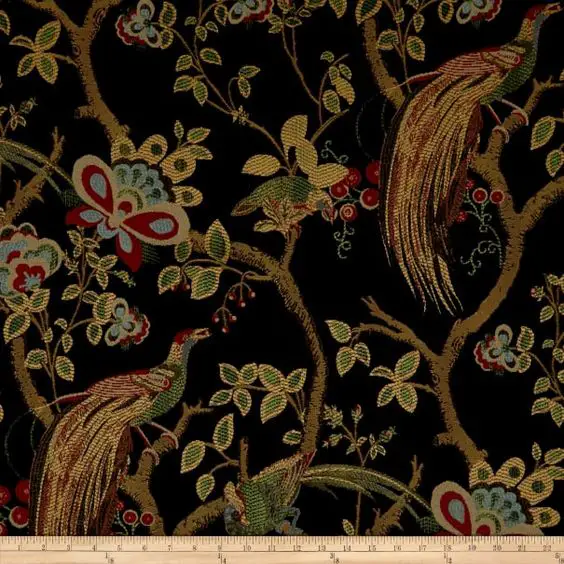
Jacquard fabric texture has complicatedly variegated or raised pattern on the texture Brocade, an assortment of jacquard is a rich woven texture with a raised example, commonly of strong or multi-shaded silk threads (with some gold or silver thread).
24. Ribbon Knit
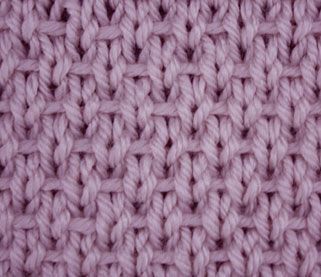
This is a knit texture with a delightful surface with loops made of strip or yarn – limited acetate or rayon lace is utilized rather than spun yarn to make the texture. Cotton sew texture is the foundation over which this effect is made.
25. Slubbed Silk
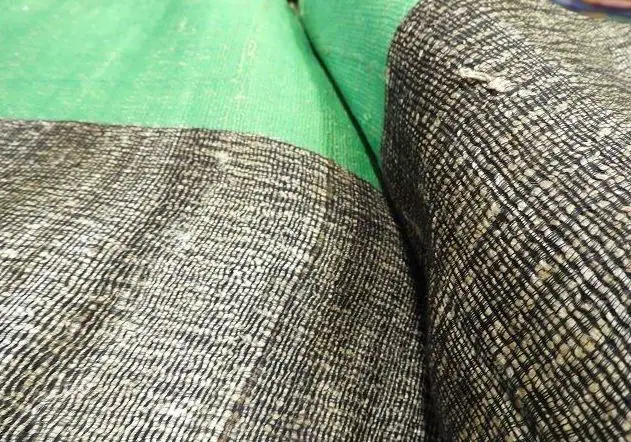
Tussah silk/silk shantung is a wild silk texture made of coarse lopsided silk fibers of uncultivated silkworms. Its irregular surface because of the sporadic slubbed yarns utilized in the development. The overwhelming unpleasant yarns will run across in the texture, shaping a delightfully rough matte surface. Spun silk shantung has irregular slubs. Waste silk is harsh finished silk created from short fibers from damaged cocoons.
What is a textured fabric called?
Felt is a dense, textured cloth made by rolling and pressing wool or other natural fibers. Moisture or heat is applied to the wool or fiber with added pressure and then is rolled and pressed to create the felt.
Which fabric has a rough texture?
Crepe is a lightweight, twisted plain-woven fabric with a rough, bumpy surface that doesn’t wrinkle. It is often made from cotton, silk, wool or synthetic fibers, making it a versatile fabric. Due to this, crepe is usually called after its fiber; for example, crepe silk or crepe chiffon.
What are the different textures of fabric?
Texture is found in the thickness and appearance of the fabric. Words that describe texture are: Loopy, fuzzy, furry, soft, shiny, dull, bulky, rough, crisp, smooth, sheer,etc. Texture is created by the fiber type, by weaving or knitting process, or by fabric finishes.
What is the texture of a cotton cloth?
Cotton. Cotton is among the most common and comfortable type of fabric used for clothing. This fabric has a texture that is soft, stretchy and strong, making it ideal for casual and relaxed garments such as T-shirts, pajamas and underwear.
What is self textured fabric?
These are special range of fabrics beautifully mixed with various yarns and textures having feel of silk, fur looks of rich high fabric.
What is the texture of silk?
Silk has a smooth, soft texture that is not slippery, unlike many synthetic fibers. Silk is one of the strongest natural fibers, but it loses up to 20% of its strength when wet. It has a good moisture regain of 11%. Its elasticity is moderate to poor: if elongated even a small amount, it remains stretched.
What is the texture of linen?
Linen has a nubby texture Even if your linen textile has a smooth surface and a shiny jacquard weave, it will have shorter nubby fibers in the weave. This is a telltale mark of a real linen textile.
What is the texture of nylon?
Nylon has smoother texture than polyester. Nylon has a silky texture while polyester is more of the fiber feeling. The product nylon is formed by the condensation of copolymers. Equal parts of dicarboxylic acid and diamine are used for the process.
What fabric is skin friendly?
Smooth, soft, natural fabrics, such as fine cotton and silk, feel best worn next to the skin. Cotton is cool; silk is warm. Both are absorbent and help draw body moisture away from the skin. Rayon and linen are also comfortable for sensitive skin, but they’re heavier.
What are some textures in fashion?
Textures may be rough or smooth, coarse or fine, crisp or clingy, soft or stiff, thin or bulky, opaque or sheer, shiny or dull, heavy or light, or any combination of these characteristics. Because textures have many characteristics, they can enhance or detract from a garment’s design.
What texture is polyester?
Knit polyester fabrics have a soft, stretchy texture and feel similar to a cotton knit. Woven polyester usually has a lighter, silkier feel. Finally, manufacturers can also choose to twist the fibers of another fabric with polyester filaments to create an even wider range of end products.
What is the texture of wool?
Appearance. Wool can be woven into thick fabrics with a deep, rich texture. It can make anything from very fine and silky threads to thick, coarse yarns. The resulting fabrics can range from thick, hairy, and coarse to extremely lightweight and smooth to the touch.
